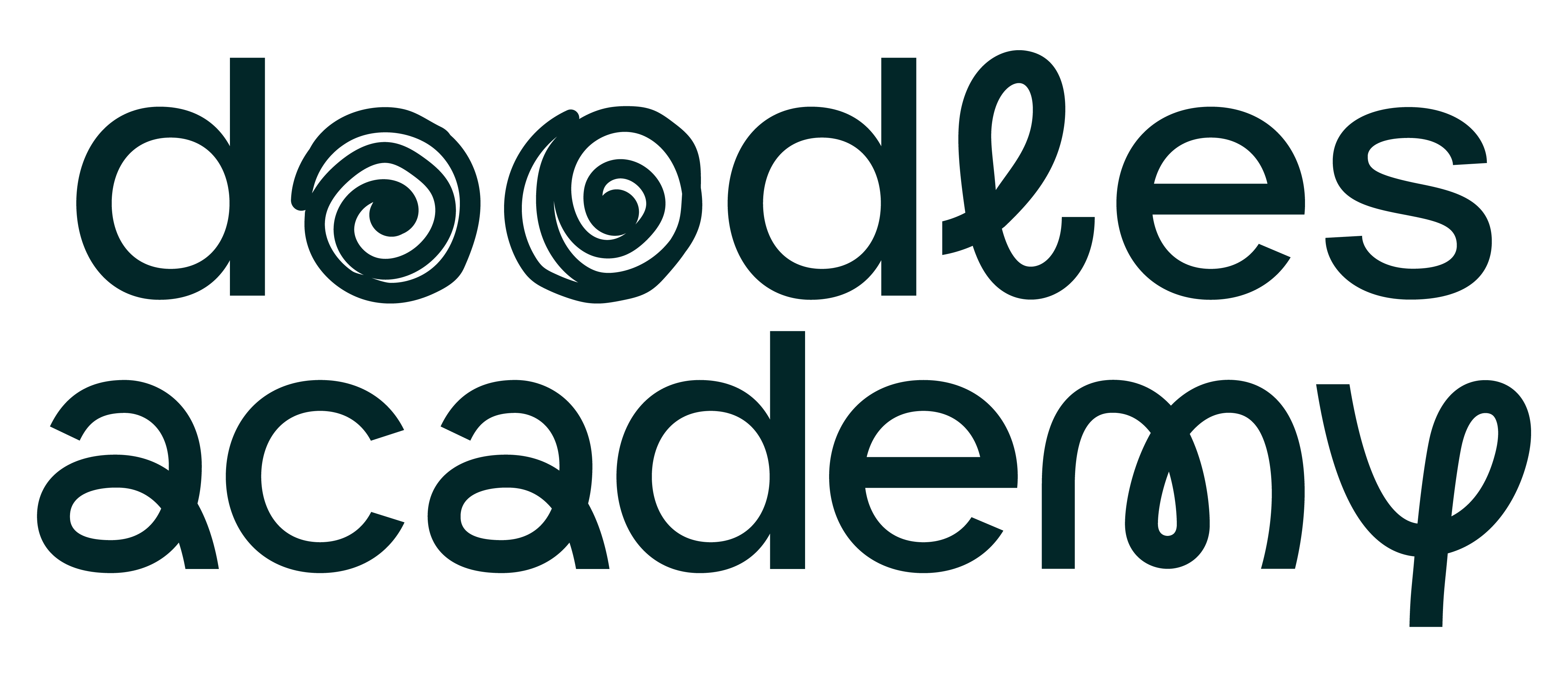Back to: Dream House. (upper grades)
Overview:
In this lesson, artists begin the process of designing their ‘dream house’. They start out by building the basic shape of their dream house using paper cups.
Students will be able to:
- use basic tools to plan and build the basic structure of their dream house.
Setup:

Students will be working in groups.

Have materials set up in a way that is easy to pass out, see, and select from.
Materials:
Media:
- Optional (see: early finishers): library books on a variety of architectural styles and/or tablets or computers for research
Handouts & Photocopies:
- N/A
Lesson 1
10M, INSPIRATION IMAGE
LOOK AND DISCUSS AN ART PIECE THAT INTRODUCES SOME OF THE LESSON CONCEPTS
Project the inspiration image where students can see it. Give students a moment to study it silently, then begin a brief discussion with the phrase, “What can we find?”. Paraphrase what students say for the benefit of the class, being careful to remain neutral, then ask “What else can we find?”. Alternately, allow them to draw or write what they notice on a blank piece of paper or in a sketchbook.
- Beverly Buchanan, Miss Tiny Aiken’s Shack, 1987
- An African-American artist whose works include painting, sculpture, video, and land art. Buchanan is noted for her exploration of Southern vernacular architecture through her art (more on wikipedia)
Note on using the information above: As your students participate in a conversation around this artwork, it may occasionally be helpful to provide them with additional or contextual information. This information can and should be imparted at the teacher’s discretion.
The point of this discussion time is to have students learn and add onto each other’s thoughts. By remaining neutral and simply repeating what students say you allow students to do the heavy mental lifting and also create an environment where there is no wrong answer, fostering creativity and mental risk-taking.
5M, INTRODUCTION VIDEO
WATCH THE INTRODUCTION VIDEO & CHECK FOR UNDERSTANDING
Check for understanding by asking, “Who was listening closely that can sum up what we are doing today?” Make sure that student artists can list all the steps and clarify anything that needs clarifying.
20-25M, WORKTIME
FOCUS ON STUDENTS CREATING THE ‘SKELETON’ OF THEIR HOUSE
The students work independently on their work as the teacher circulates. Foster strong work habits by commenting on student artists who are focused on their work as well as student artist who seems be pushing themselves to try new things.
At this point, students should be building the structure of their dream house. They can use scissors to alter the shape of their buildings. While it is not a problem if they add windows, doors, and other details, encourage them to think of this more as a sketch, or the skeleton of their dream house. They primarily want to establish the shape and size of their house.
5-10M, CLEAN-UP/PRESENTATIONS
STUDENTS DISCUSS WHAT THEY LEARNED FROM THIS EXERCISE
Lead the class in a discussion, asking “what did you learn today?” You can have the students turn and talk before having a whole-group conversation, or have them reflect by writing down their thoughts. Try to navigate the conversation so that they recognize that even though the drawings looked funny, they were observing things that they wouldn’t have seen with a casual glance.
Depending on the teacher’s style of classroom management, it might be helpful to only choose and train a few kids to clean. The rest of the class can be busy with the presentation. Make sure to train these helpers well in advance so that you aren’t left with a messy room.
Clean-up times will vary with materials; get to know your class and allow 5-10 minutes depending on how efficient they are and whether or not the material was messy.
ANTICIPATED PROBLEMS
-
Student artists might get too much glue on their hands; have them rub their hands quickly together and it will ball up and come off their skin. If they use too much glue, demonstrate how much (or little) glue to use, then give them a paper towel to clean up the drips and runs.
-
If a student is working quickly, suggest that they cut any glue things such as archways, etc. If copy paper is available, you might want to allow them copy paper to cut and glue for the details.
EARLY FINISHERS
Have a collection of library books on architecture that students can reference if they are finished. Alternately, you can set them up with computers or tablets and allow them to research architectural styles on: http://www.greatbuildings.com/types.html
This project is free to access, but after the first lesson, you will have to create a free account and enroll in the course. After you create an account and enroll, the project can be accessed from the ‘artroom’ tab at the top of the page.
